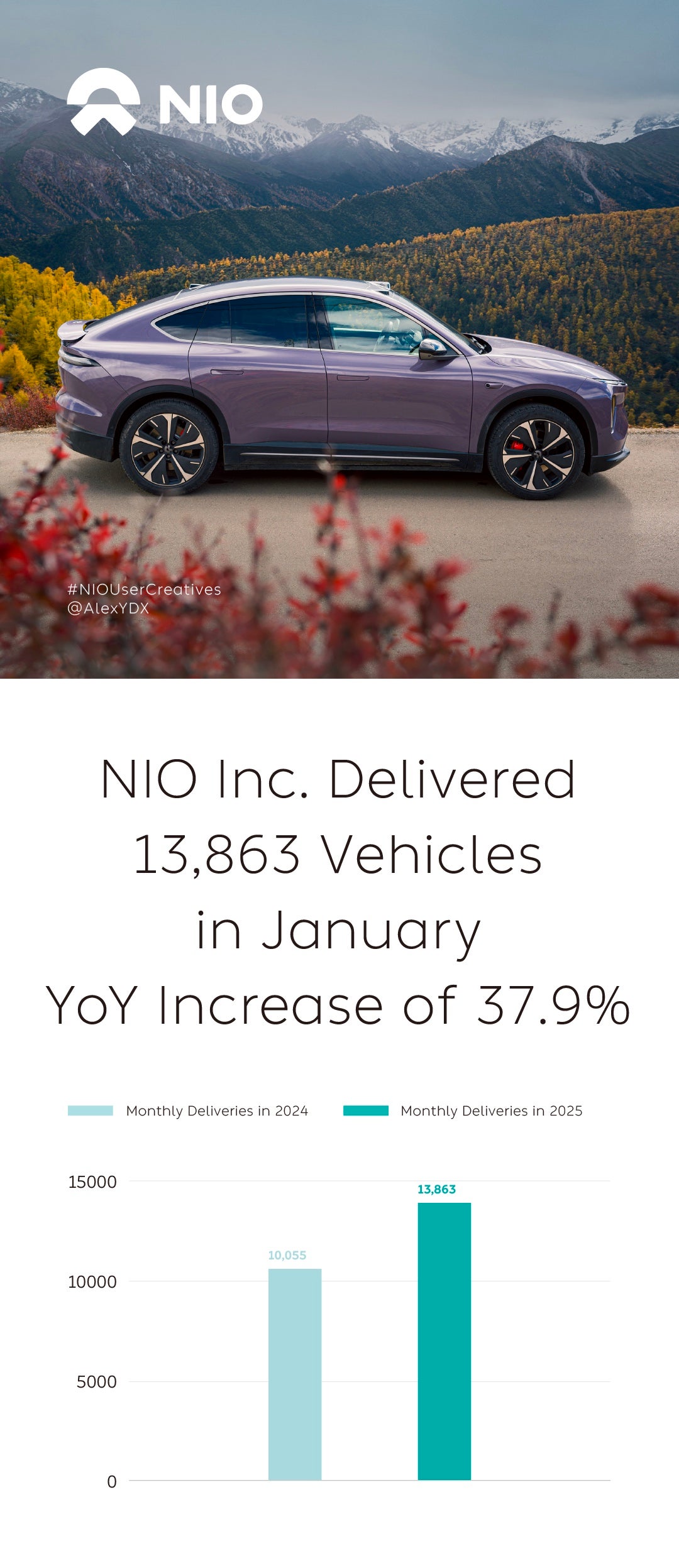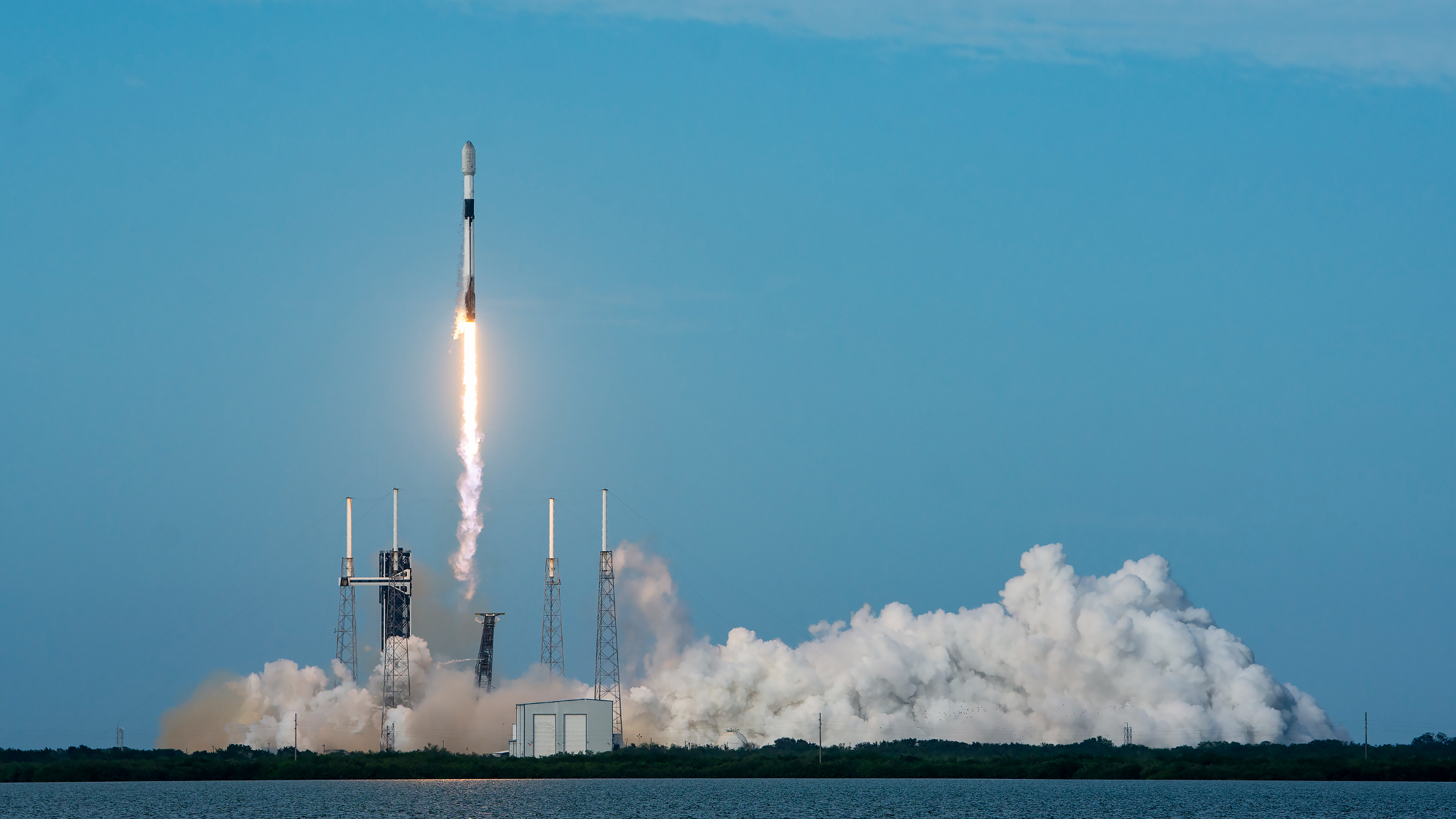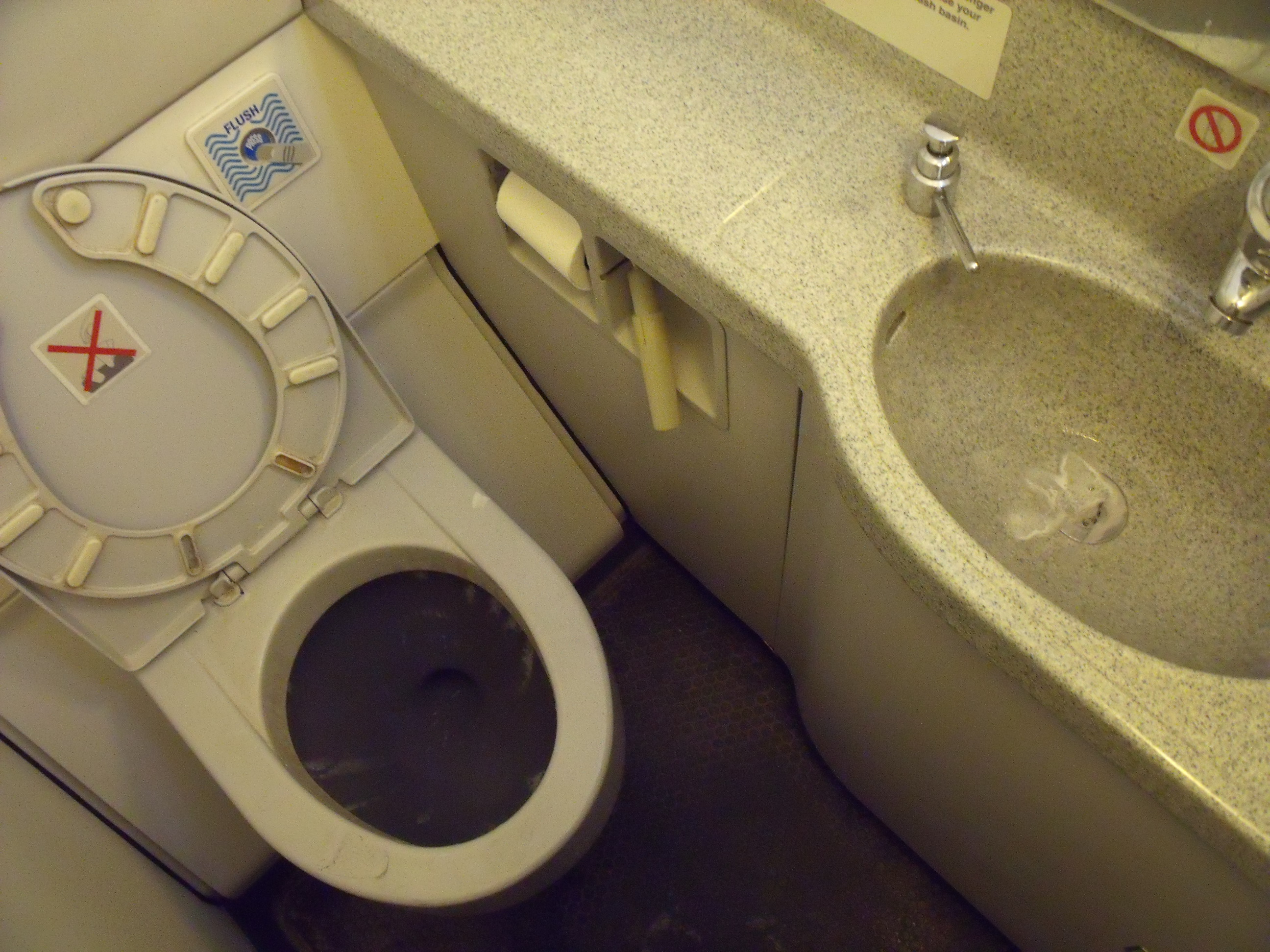Why Sarasota Is an Ideal Destination for Nature Lovers
BY JENNIFER FRANKLIN With its white-sugar sand and turquoise gulf waters, it’s not surprising that southwest Florida is a bucket list destination for sun-seekers. However, insiders know that there’s much more to explore. “Sarasota County is home to some of the most beautiful beaches in the world, but we like to ‘go beyond the beaches,’” says Dr. Katherine Clements, ecology and natural resources educator for UF/IFAS Extension Sarasota County, a partnership with the University of Florida, and lead instructor for the Florida Master Naturalist Program. She's quick to point out that the Sarasota area is also home to 50,000 acres of natural lands managed by Sarasota County Parks, Recreation, and Natural Resources; two Florida State Parks; plus a number of city parks. “This provides an amazing array of opportunities for nature lovers, birders, kayakers, and wildlife enthusiasts to explore and connect with our unique and precious environment,” Clements says of this nature lover’s paradise. To get the lay of the land and cover some serious ground, strike out on the Legacy Trail. Stretching 18.5 miles from Venice in the south to Sarasota in the north, the paved path was once the Seaboard Air Line Railroad. Clements recommends taking a leisurely bike ride, hopping on a surrey (a four passenger covered pedal cart), or using the Natural Areas Story Map for a self-guided tour through the trail’s natural and cultural history. Depending on your interests, you might stop at the Culverhouse Nature Park to spot majestic birds of prey such as hawks and bald eagles; see American alligators at the Storeybook Nature Trail; or observe twisted red mangroves and wading birds like ibis and herons at the Roberts Bay bridge. In Sarasota County, you can’t not notice the abundance of birds, as it’s home to more than 300 known avian species. In fact, take a look out the window while driving on I-75, the interstate highway that runs north to south through the county, and you’re likely to spot osprey nests high on utility poles and trees. For a more concentrated bird-watching experience, head to Oscar Scherer State Park. “It’s superb for visiting the scrubby flatwoods, of which less than 10% remain,” says Clements, who once lived inside the park while her husband was a ranger and park manager. “Also home for a variety of [endangered or threatened] plants, this unique and imperiled ecosystem provides habitat for our only Florida endemic bird, the Florida scrub jay.” Sharp-eyed visitors may spy the cheerful blue and gray songbirds perching on the park’s plentiful shrubs. For a chance to see Florida’s beloved marine mammal, the manatee, in the wild, head to Lido Key, a barrier island known for its impeccable beaches and spectacular sunsets. For the best chance of seeing one up close, rent a kayak to get out on the water. The Florida manatee, a subspecies of the West Indian manatee, is considered “threatened,” and is therefore protected via the Endangered Species act. Always let them come to you, rather than approaching. They tend to be friendly and curious, so your chances of seeing some are high, particularly from November to March when they’re drawn to the area’s warm waters. For a sure manatee sighting, add Mote Marine Laboratory and Aquarium to your itinerary. The research institution is dedicated to conservation and education and, as such, offers opportunities to see and learn about an array of species. Be sure to say hello to the pair of rescued manatees, Lou and Buffett, as well as other Florida natives such as sea turtles, river otters, and alligators. Seeing alligators in the wild is another Florida bucket list item, and Myakka River State Park is a prime spot. The river itself is the only designated “Florida Wild and Scenic River,” a nod to its diverse wildlife and ecologic significance. “Myakka River Park is home to a large population of American Alligators, but beyond that excitement, along with Carlton Reserve it also provides the only opportunity to visit dry prairie in our county,” Clements explains. “This unique ecosystem is home to a variety of plant species you will not see in other ecosystems.” Keep an eye out for the giant airplant, pine lily, and many-flowered grass pink orchid, all of which are threatened. If you’re craving more beach time—and some prehistoric history—head to the beaches of Venice, known as the “sharktooth capital of the world.” The concentration of fossilized shark chompers is thanks to the state once being submerged beneath a sea. As the water receded and sharks (which can produce more than 20,000 teeth in their lifetime) died, their teeth were preserved in a fossilized layer that runs as much as 35 feet deep. The Gulf’s waves pick the fossils up and carry them to shore, making a bonanza for scavengers. Visitors to Venice have found teeth from lemon sharks, bull sharks, reef sharks, and great whites. Even though outdoor experiences in nature steal the show in Sarasota County, curated att

BY JENNIFER FRANKLIN
With its white-sugar sand and turquoise gulf waters, it’s not surprising that southwest Florida is a bucket list destination for sun-seekers. However, insiders know that there’s much more to explore. “Sarasota County is home to some of the most beautiful beaches in the world, but we like to ‘go beyond the beaches,’” says Dr. Katherine Clements, ecology and natural resources educator for UF/IFAS Extension Sarasota County, a partnership with the University of Florida, and lead instructor for the Florida Master Naturalist Program. She's quick to point out that the Sarasota area is also home to 50,000 acres of natural lands managed by Sarasota County Parks, Recreation, and Natural Resources; two Florida State Parks; plus a number of city parks. “This provides an amazing array of opportunities for nature lovers, birders, kayakers, and wildlife enthusiasts to explore and connect with our unique and precious environment,” Clements says of this nature lover’s paradise.

To get the lay of the land and cover some serious ground, strike out on the Legacy Trail. Stretching 18.5 miles from Venice in the south to Sarasota in the north, the paved path was once the Seaboard Air Line Railroad. Clements recommends taking a leisurely bike ride, hopping on a surrey (a four passenger covered pedal cart), or using the Natural Areas Story Map for a self-guided tour through the trail’s natural and cultural history. Depending on your interests, you might stop at the Culverhouse Nature Park to spot majestic birds of prey such as hawks and bald eagles; see American alligators at the Storeybook Nature Trail; or observe twisted red mangroves and wading birds like ibis and herons at the Roberts Bay bridge.
In Sarasota County, you can’t not notice the abundance of birds, as it’s home to more than 300 known avian species. In fact, take a look out the window while driving on I-75, the interstate highway that runs north to south through the county, and you’re likely to spot osprey nests high on utility poles and trees. For a more concentrated bird-watching experience, head to Oscar Scherer State Park. “It’s superb for visiting the scrubby flatwoods, of which less than 10% remain,” says Clements, who once lived inside the park while her husband was a ranger and park manager. “Also home for a variety of [endangered or threatened] plants, this unique and imperiled ecosystem provides habitat for our only Florida endemic bird, the Florida scrub jay.” Sharp-eyed visitors may spy the cheerful blue and gray songbirds perching on the park’s plentiful shrubs.

For a chance to see Florida’s beloved marine mammal, the manatee, in the wild, head to Lido Key, a barrier island known for its impeccable beaches and spectacular sunsets. For the best chance of seeing one up close, rent a kayak to get out on the water. The Florida manatee, a subspecies of the West Indian manatee, is considered “threatened,” and is therefore protected via the Endangered Species act. Always let them come to you, rather than approaching. They tend to be friendly and curious, so your chances of seeing some are high, particularly from November to March when they’re drawn to the area’s warm waters. For a sure manatee sighting, add Mote Marine Laboratory and Aquarium to your itinerary. The research institution is dedicated to conservation and education and, as such, offers opportunities to see and learn about an array of species. Be sure to say hello to the pair of rescued manatees, Lou and Buffett, as well as other Florida natives such as sea turtles, river otters, and alligators.
Seeing alligators in the wild is another Florida bucket list item, and Myakka River State Park is a prime spot. The river itself is the only designated “Florida Wild and Scenic River,” a nod to its diverse wildlife and ecologic significance. “Myakka River Park is home to a large population of American Alligators, but beyond that excitement, along with Carlton Reserve it also provides the only opportunity to visit dry prairie in our county,” Clements explains. “This unique ecosystem is home to a variety of plant species you will not see in other ecosystems.” Keep an eye out for the giant airplant, pine lily, and many-flowered grass pink orchid, all of which are threatened.
If you’re craving more beach time—and some prehistoric history—head to the beaches of Venice, known as the “sharktooth capital of the world.” The concentration of fossilized shark chompers is thanks to the state once being submerged beneath a sea. As the water receded and sharks (which can produce more than 20,000 teeth in their lifetime) died, their teeth were preserved in a fossilized layer that runs as much as 35 feet deep. The Gulf’s waves pick the fossils up and carry them to shore, making a bonanza for scavengers. Visitors to Venice have found teeth from lemon sharks, bull sharks, reef sharks, and great whites.

Even though outdoor experiences in nature steal the show in Sarasota County, curated attractions can help round out a visit. At the Historic Spanish Point campus of Marie Selby Botanical Gardens, guests can wander the 30 acres and learn about the state’s pioneer and native history, all while observing native plants. Step into the only butterfly house in the region, and you’ll find yourself surrounded by species such as the monarch, cloudless sulfur, giant swallowtail, and Florida’s state butterfly, the zebra longwing. Twenty minutes to the north is Sarasota Jungle Gardens, open since 1939, which offers the opportunity to get up close with a flock of flamingoes, pose with a parrot on your shoulder, or hold a baby alligator—this is the perfect place to learn the difference between a gator and a crocodile.
No matter how you fill your Sarasota County itinerary, you’re practically guaranteed to be inspired. “Through education and outdoor experiences, people connect with nature on a deeper level, and that connection is what drives conservation,” Clements says. “There is so much to love about our natural areas in Sarasota County and there are so many places to visit, each unique and special.”

Know Before You Go:
- Want to get a great look at wildlife from a safe distance? Bring along a basic pair of binoculars. They’re clutch for spotting birds and seeing alligators. Experts say the most responsible style of wildlife watching is when the animals’ behavior isn’t modified by your presence.
- Make sure you have the essentials—such as water, sunscreen, and bug repellent—handy before you strike out for a day in nature.
- The Sarasota area’s seasons are more varied than you may think, and the kind of weather you’ll experience—and the kinds of wildlife you’re likely to see—can vary from month to month. Decide what you’re most excited about (beaches in the summer? migratory birds in the winter?) and plan accordingly. There’s something to look forward to year round.
- It’s worth a call or a social media check to make sure the attraction or trail you’re seeking is ready to receive visitors.























.jpg?width=1920&height=1920&fit=bounds&quality=80&format=jpg&auto=webp#)




















![Gay Catholic United Flight Attendant Axed After ‘Sex Is Unchangeable’ Remark—Raises Enough Money To Sue [Roundup]](https://viewfromthewing.com/wp-content/uploads/2025/02/DALL·E-2025-02-03-08.46.00-A-high-contrast-digital-montage-combining-aviation-Catholic-symbolism-and-legal-imagery___-Central-figure_-A-stern-looking-male-flight-attendant-in.webp?#)






























